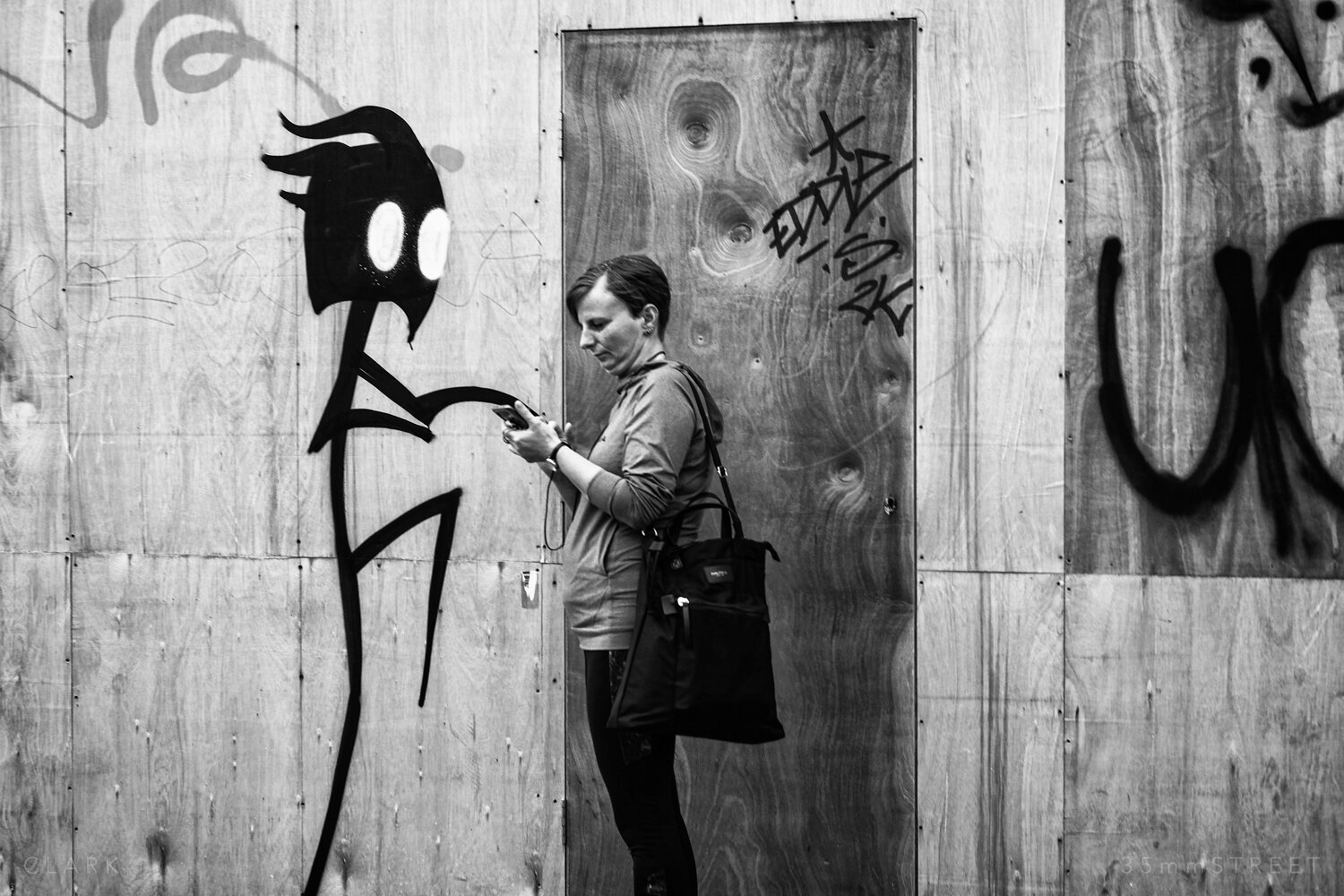The Basic Principles Of Street Photographers
The Basic Principles Of Street Photographers
Blog Article
Some Known Factual Statements About Street Photographers
Table of ContentsThe Best Guide To Street PhotographersThe Facts About Street Photographers RevealedThe 25-Second Trick For Street PhotographersThe Buzz on Street PhotographersWhat Does Street Photographers Do?
, a category of photography that records everyday life in a public place. The very publicness of the setup enables the photographer to take honest photos of unfamiliar people, frequently without their understanding. Street photographers do not necessarily have a social purpose in mind, yet they choose to isolate and record minutes which might otherwise go undetected.He was affected by several of those that influenced the street professional photographers of the 1950s and '60s, he was not chiefly interested in catching the spirit of the road. The impulse to visually record individuals in public began with 19th-century painters such as Edgar Degas, douard Manet, and Henri de Toulouse-Lautrec, that functioned side by side with digital photographers attempting to catch the significance of urban life.

Provided the great high quality of his photos and the breadth of product, architects and artists typically acquired Atget's prints to make use of as reference for their own work, though industrial rate of interests were barely his major inspiration. Rather, he was driven to picture every last remnant of the Paris he enjoyed. The mingled passion and urgency of his mission shine through, resulting in photos that tell his very own experience of the city, top qualities that prepared for road digital photography of the 20th century.
Examine This Report about Street Photographers
They disclose the city through his eyes. His work and basic understanding of photography as an art kind served as ideas to generations of photographers that adhered to. The future generation of road photographers, though they likely did not describe themselves as such, was introduced by the photojournalism of Hungarian-born digital photographer Andr Kertsz.
Unlike his peers, Brassa used a larger-format Voigtlnder cam with a longer exposure time, requiring him to be extra calculated and thoughtful in his technique than he may have been if utilizing a Leica.
Cartier-Bresson was a champ of the Leica video camera and among the first professional photographers to maximize its abilities. The Leica enabled the photographer to engage with the environments and to record minutes as they took place - Street Photographers. Its relatively small dimension additionally aided the photographer fade discover this info here right into the background, which was Cartier-Bresson's favored technique
Not known Details About Street Photographers
It is because of this fundamental understanding of the art of image taking that he is usually attributed with rediscovering the tool around once again approximately a century because its invention. He took pictures for even more than a half century and influenced generations of photographers to trust their eye and instinct in the moment.
These are the questions I will attempt to address: And after that I'll leave you with my own interpretation of street digital photography. Yes, we do. Let's start with specifying what an interpretation is: linked here According to it is: "The act of defining, or of making something precise, distinctive, or clear".
No, most definitely not. The term is both restricting and misguiding. Sounds like a road photography need to be pictures of a roads best?! And all road professional photographers, besides a little number of outright beginners, will find here completely value that a street is not the crucial component to street digital photography, and actually if it's a photo of a road with maybe a few monotonous people doing nothing of passion, that's not street photography that's a picture of a road.
He makes a valid point don't you assume? While I agree with him I'm not sure "candid public digital photography" will catch on (although I do kind of like the term "candid photography") due to the fact that "road photography" has actually been around for a lengthy time, with many masters' names connected to it, so I believe the term is here to stay.
Street Photographers for Dummies
You can fire at the coastline, at an event, in a street, in a park, in a piazza, in a coffee shop, at a museum or art gallery, in a metro terminal, at an occasion, on a bridge, under a bridge ...
Yes, I'm afraid we scared no choice! Without rules we can not have a definition, and without a meaning we don't have a genre, and without a style we do not have anything to specify what we do, and so we are stuck in a "rules interpretation genre" loop! - Street Photographers
The Greatest Guide To Street Photographers

Report this page